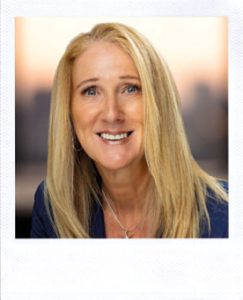 THE L&D EXPERT’S VIEW
THE L&D EXPERT’S VIEW
CAROLINE JOY,
HEAD OF LEARNING AND DEVELOPMENT, EMCOR UK
In my experience, embedding LGBTQ+ inclusion starts with leadership. Not just through broad commitments, but through deliberate, consistent action. Managers and senior leaders have an especially important role to play in setting the tone by modelling inclusive language, intervening when behaviour falls short, and showing that allyship isn’t performative, but proactive.
Processes and policies matter just as much as intent. Reviewing recruitment and onboarding practices through an inclusive lens can uncover hidden barriers, such as the language used in job descriptions, the diversity of interview panels, or the accessibility of employee benefits for LGBTQ+ individuals and families. Often, it’s the small things, the pronouns on a welcome email, the phrasing in a policy document that shape whether someone feels included or overlooked.
Businesses need to be able to measure how inclusive their culture feels, not just how it’s described on paper. Anonymous employee feedback plays a key role here and pairing that with broader workplace data can reveal deeper patterns.
Physical space shouldn’t be an afterthought in conversations about inclusion. The way a workplace is designed speaks volumes about who is welcome. Inclusive environments aren’t just about compliance, they’re about belonging. That might mean ensuring signage that reflects a range of identities or creating quiet zones for privacy and reflection.
Storytelling also plays a vital role. We mark moments like Pride Month and LGBTQ+ History Month not just as events to celebrate, but as prompts for deeper conversations. Ultimately, embedding LGBTQ+ inclusion into the workplace is not about a single initiative or campaign. It’s about weaving inclusive thinking into every layer of the organisation, from how people are hired and developed, to how feedback is handled and how space is designed. It means noticing where systems or behaviours fall short, asking why, and being prepared to do things differently. When inclusion is truly embedded, it’s not something people have to ask for — it’s something they feel. And that’s when everyone, regardless of identity, can thrive.




